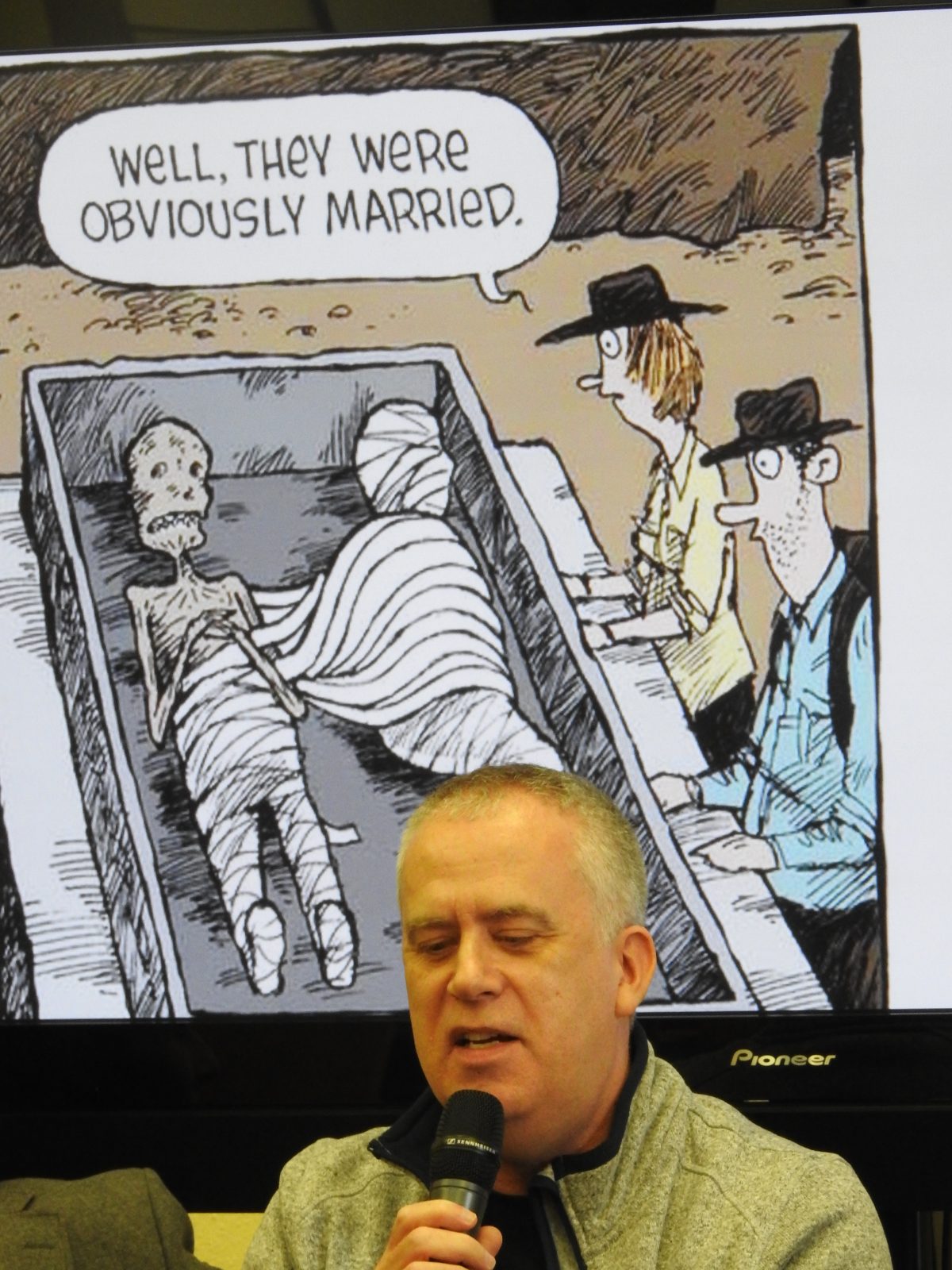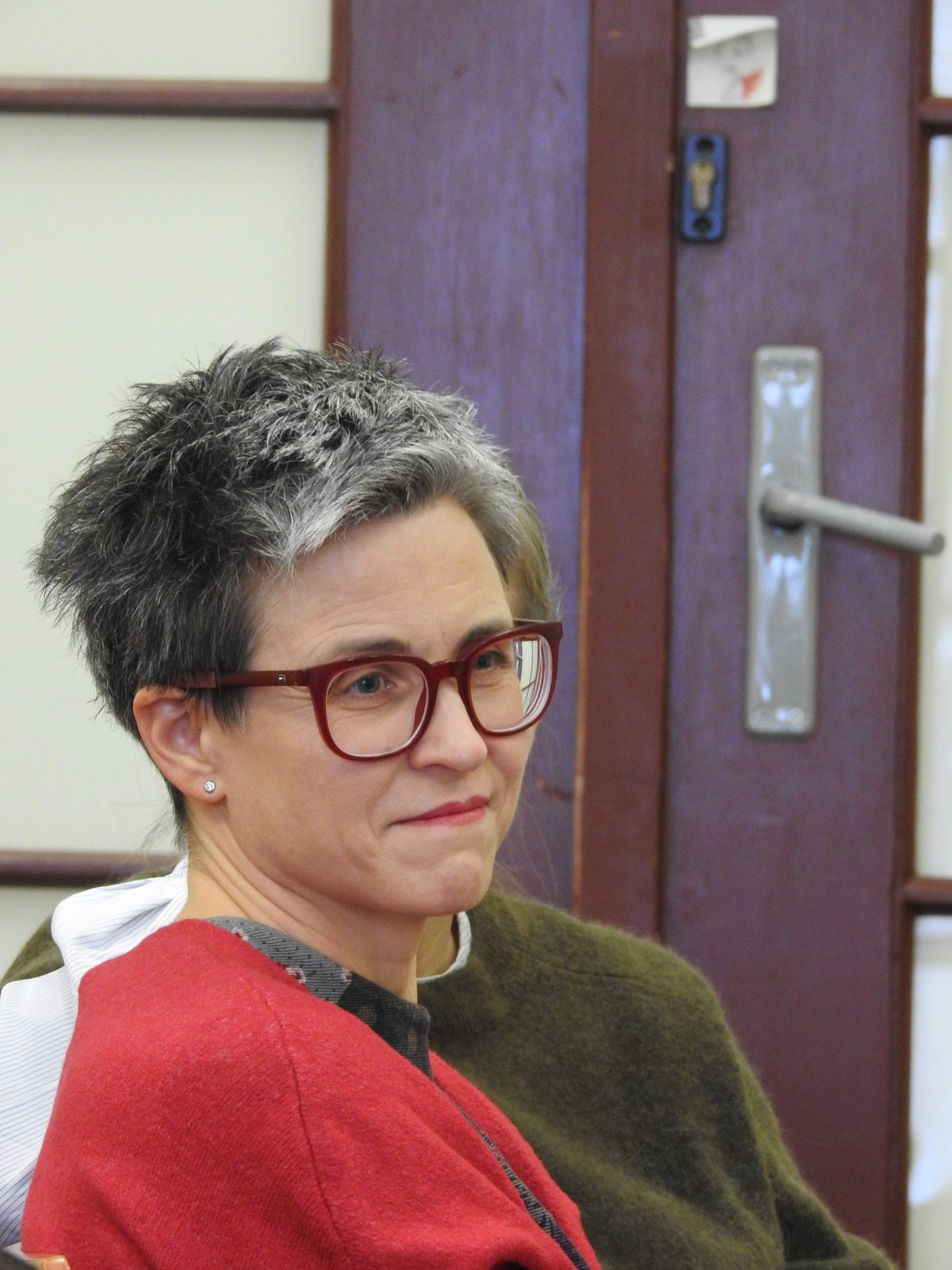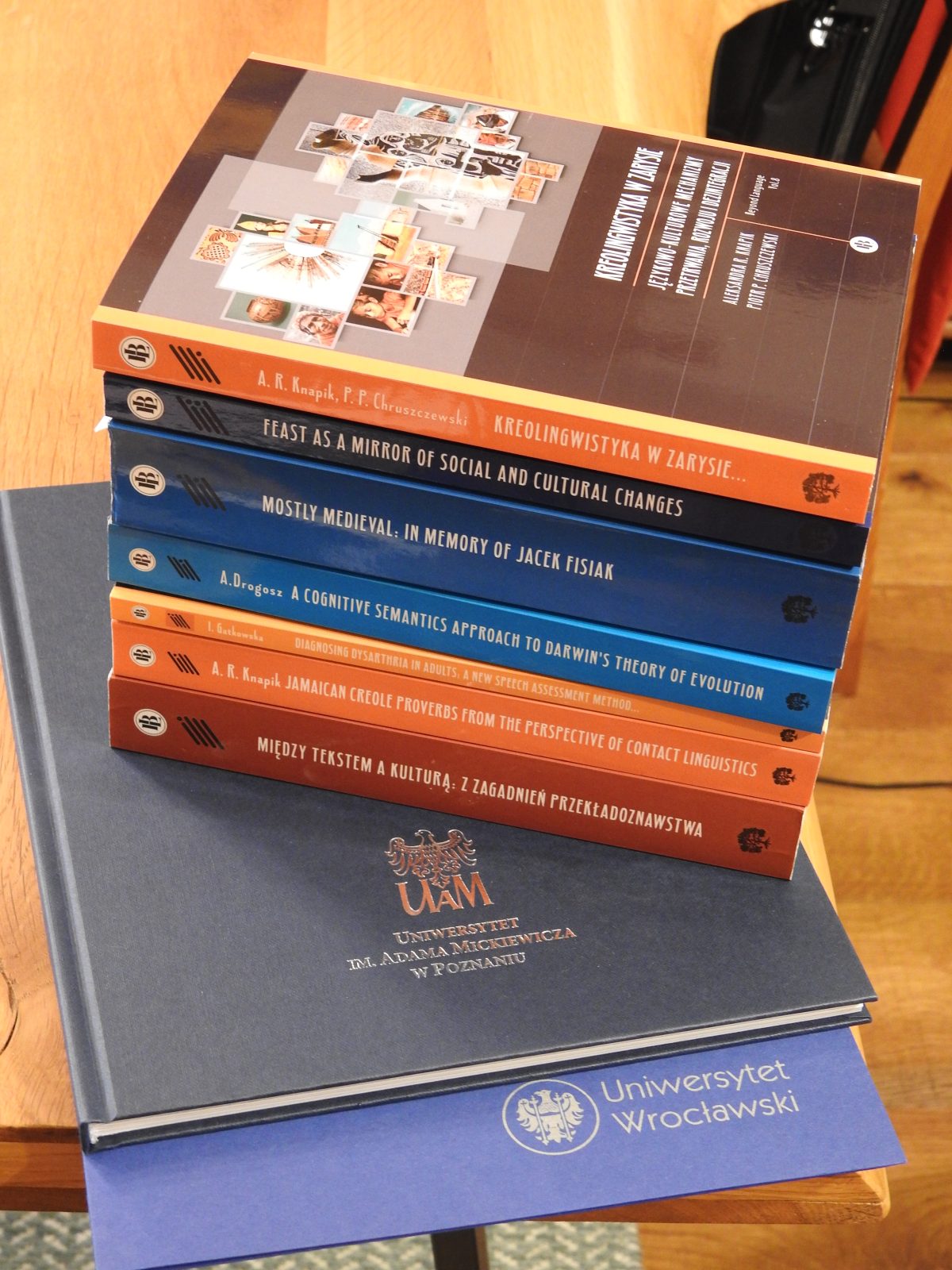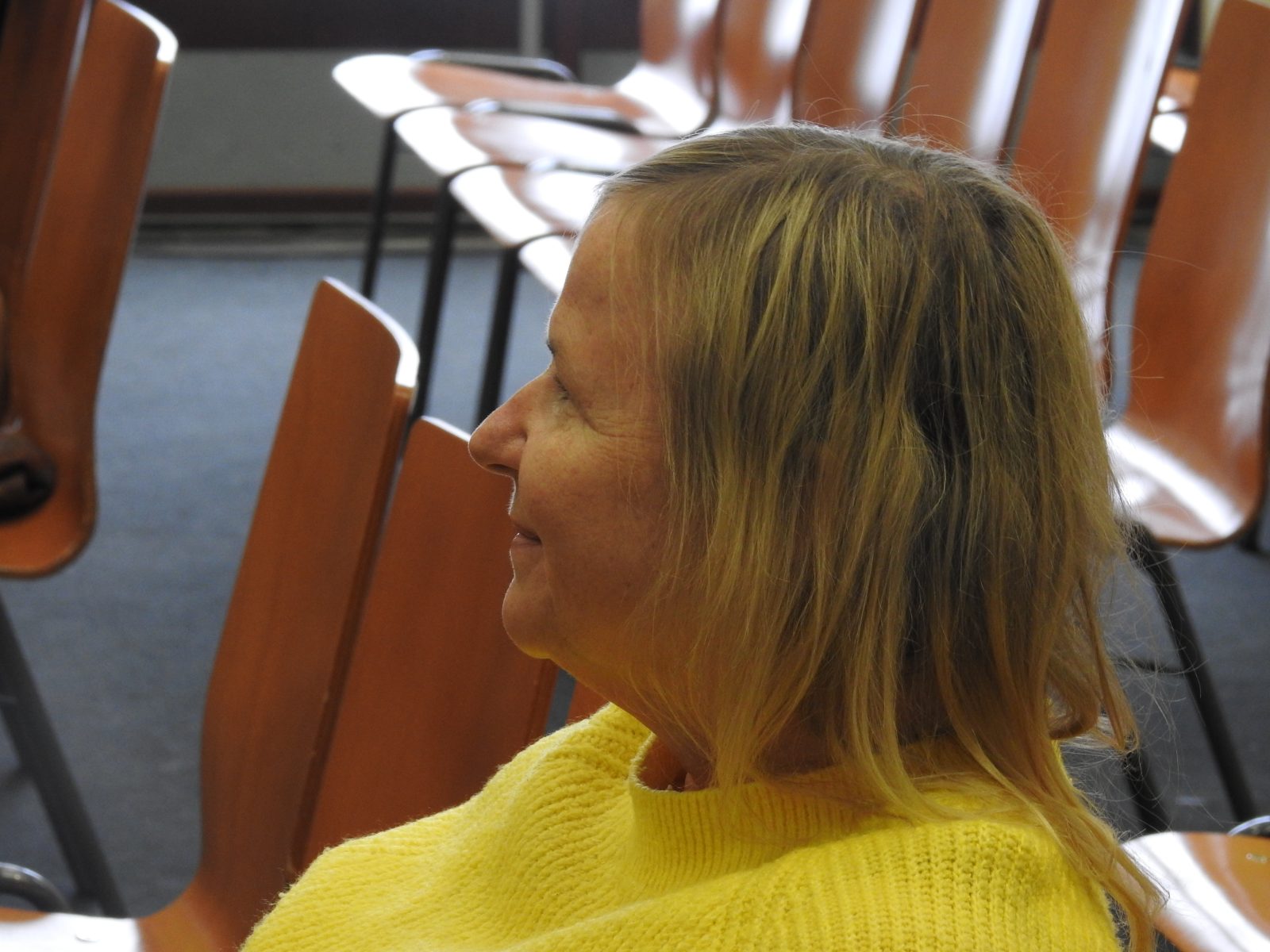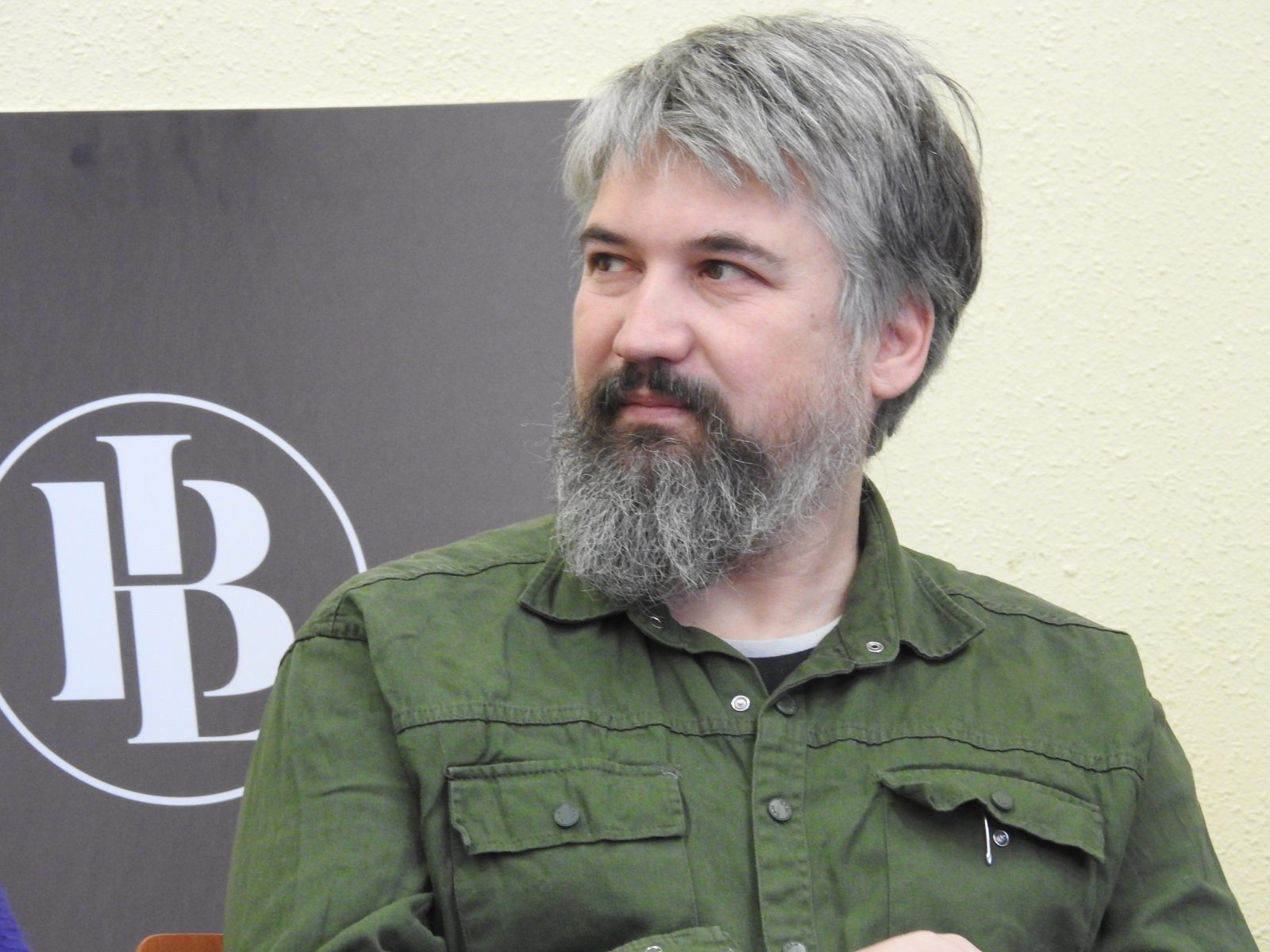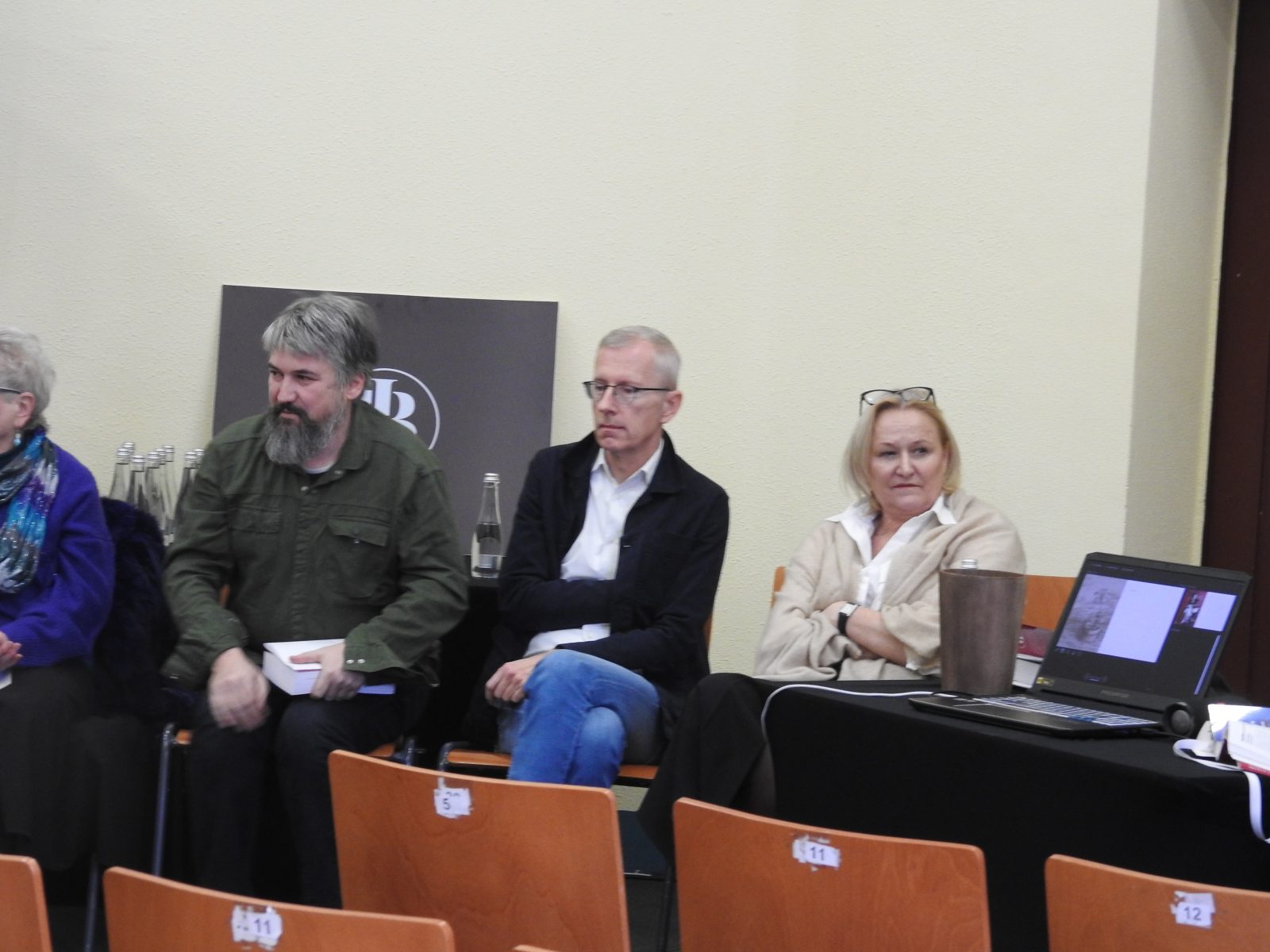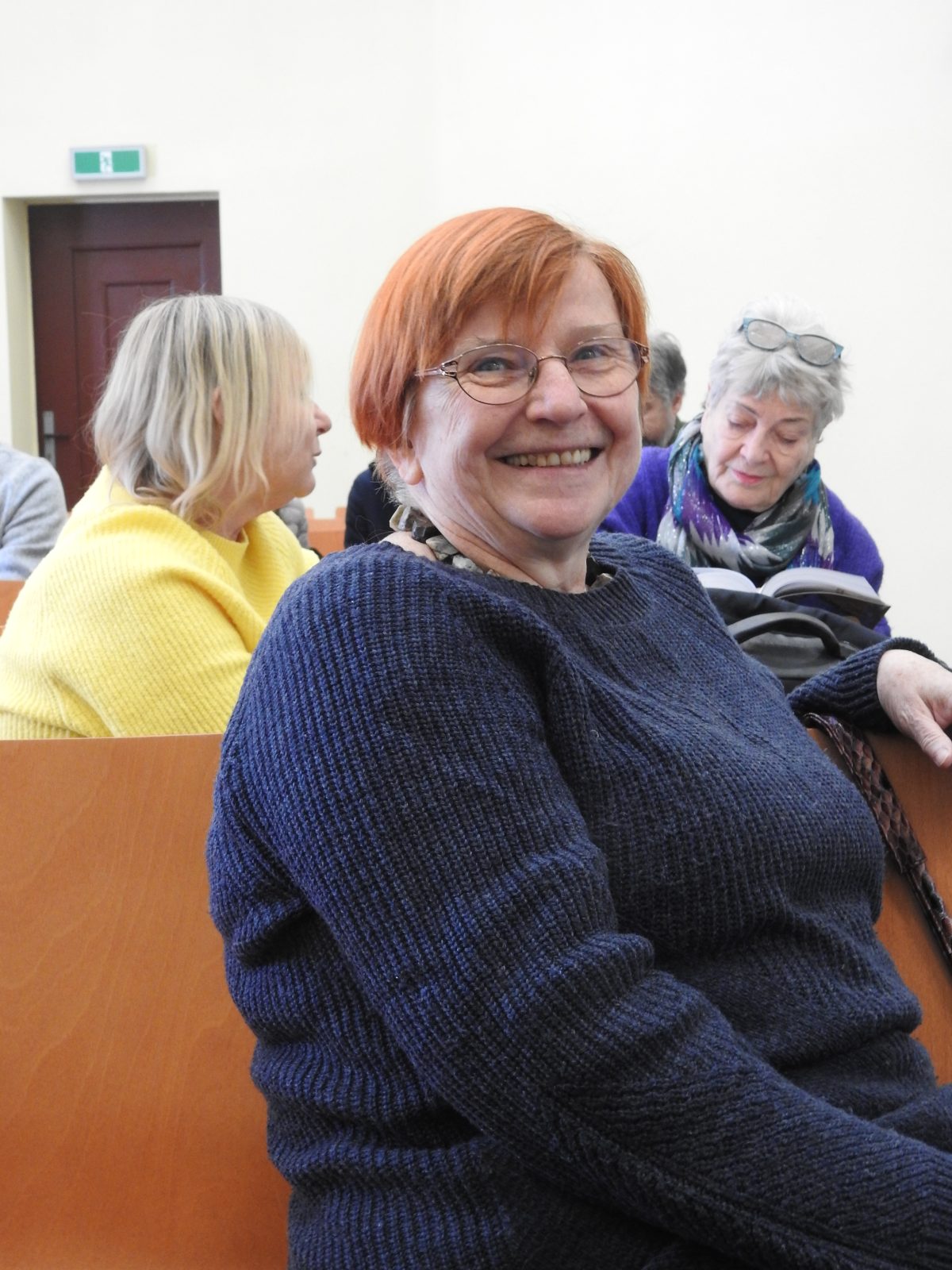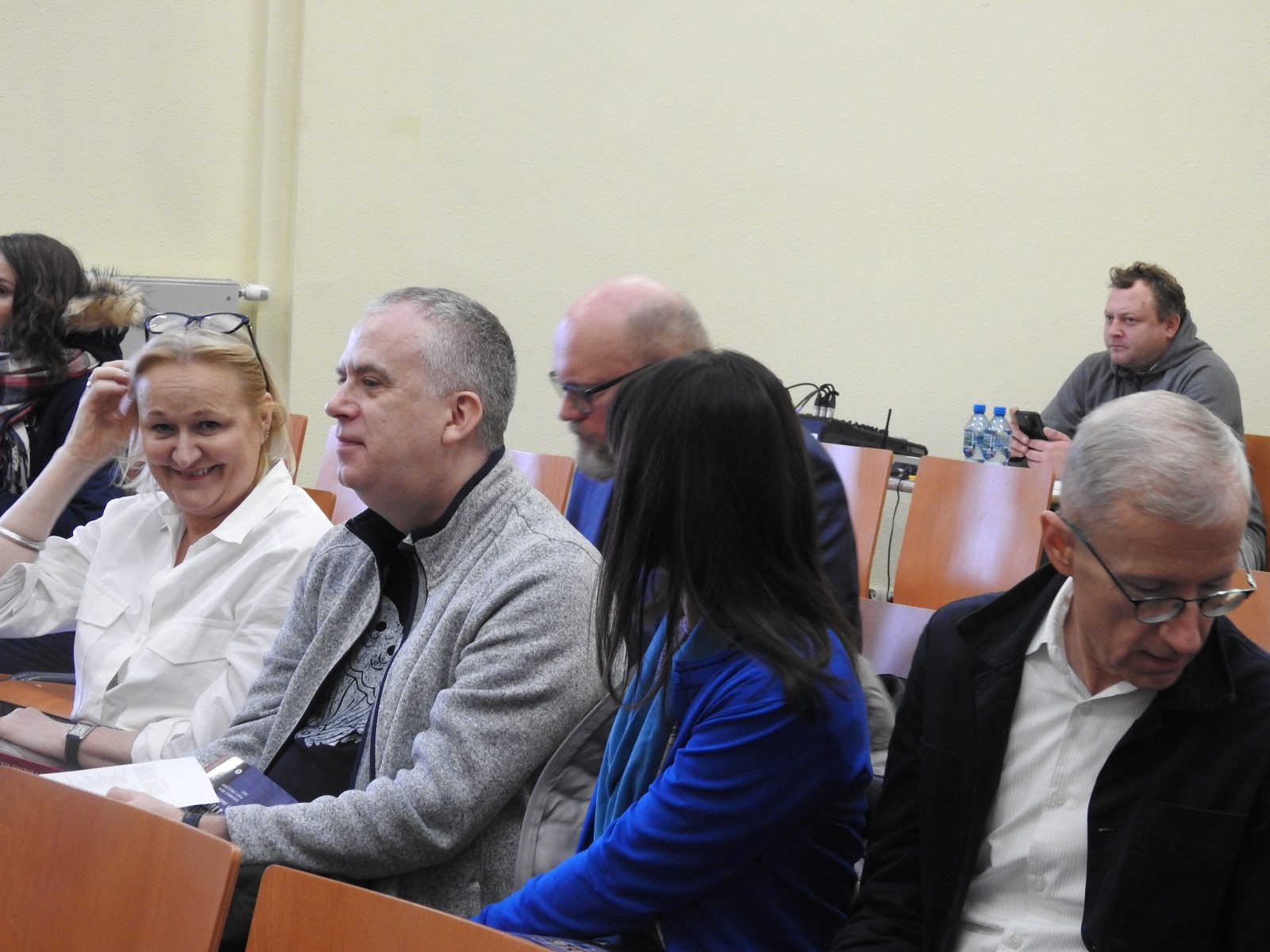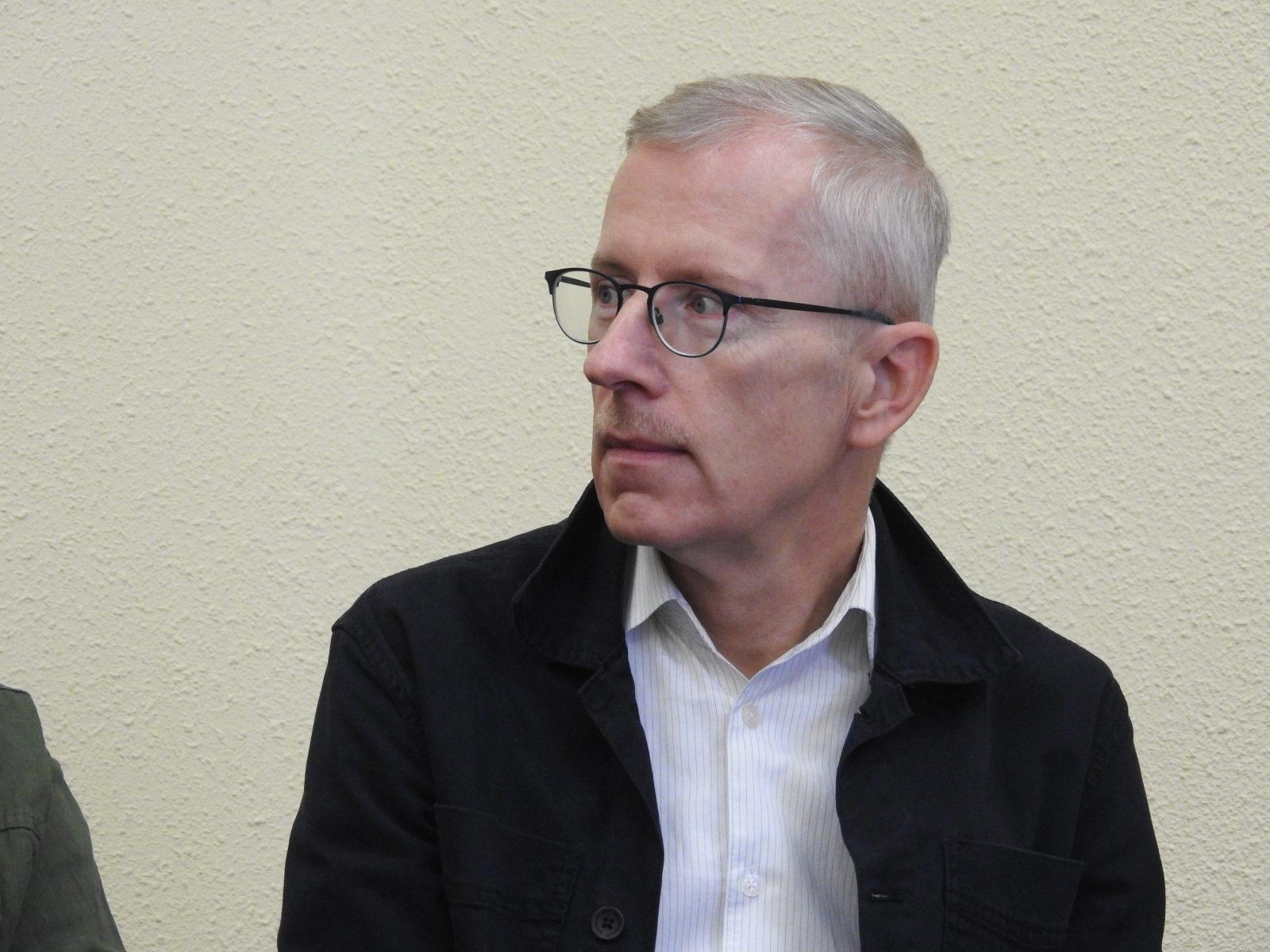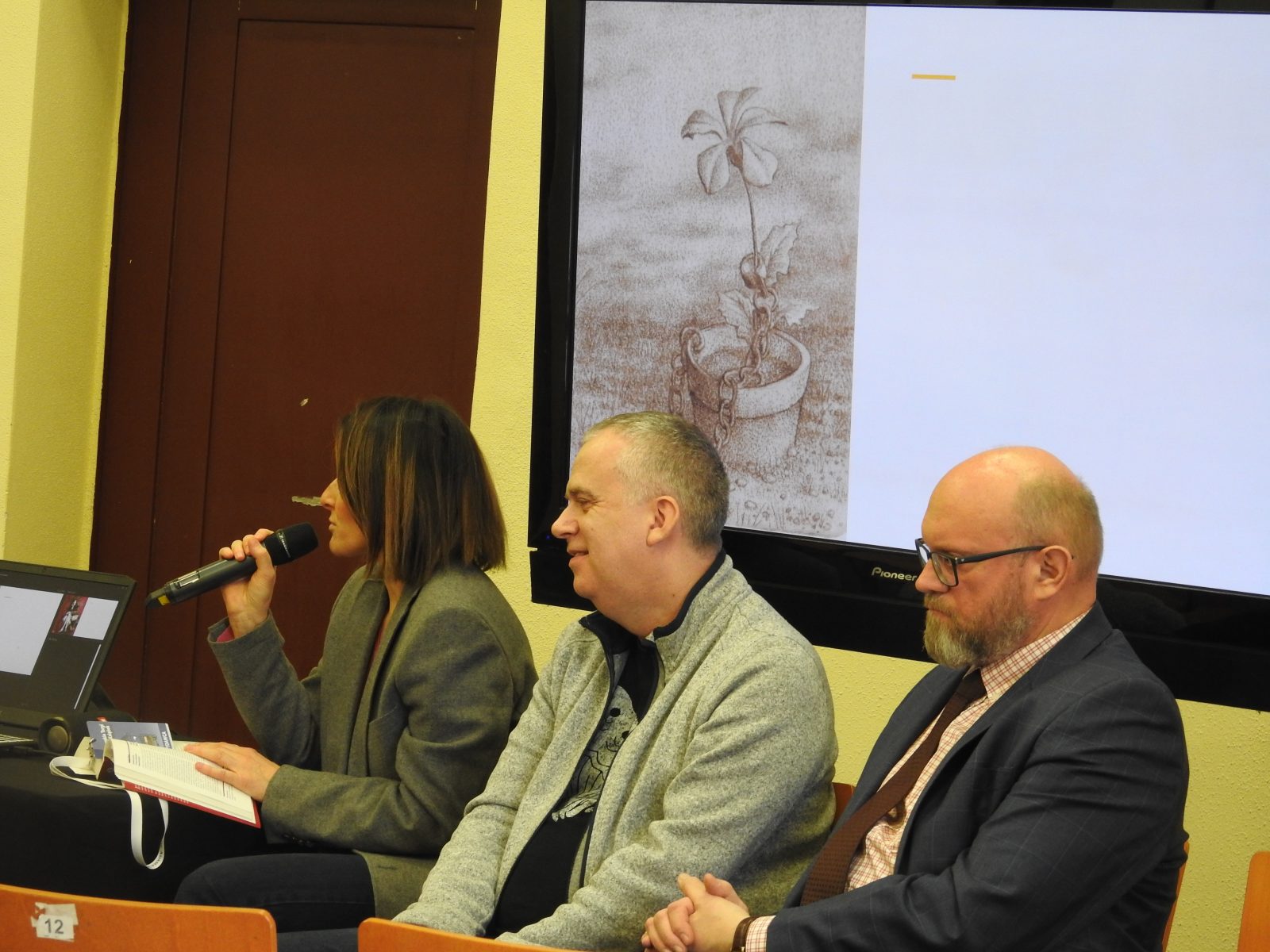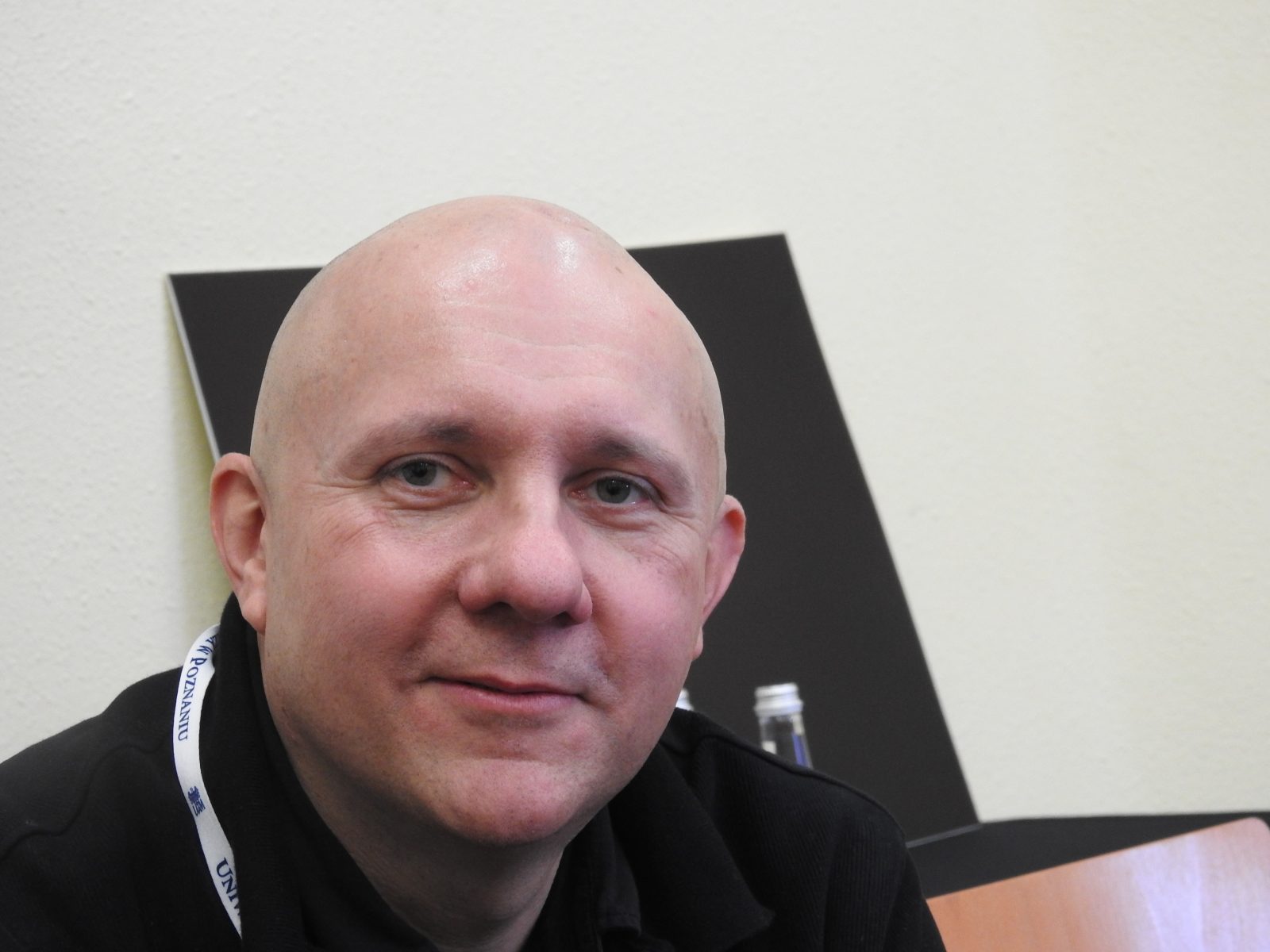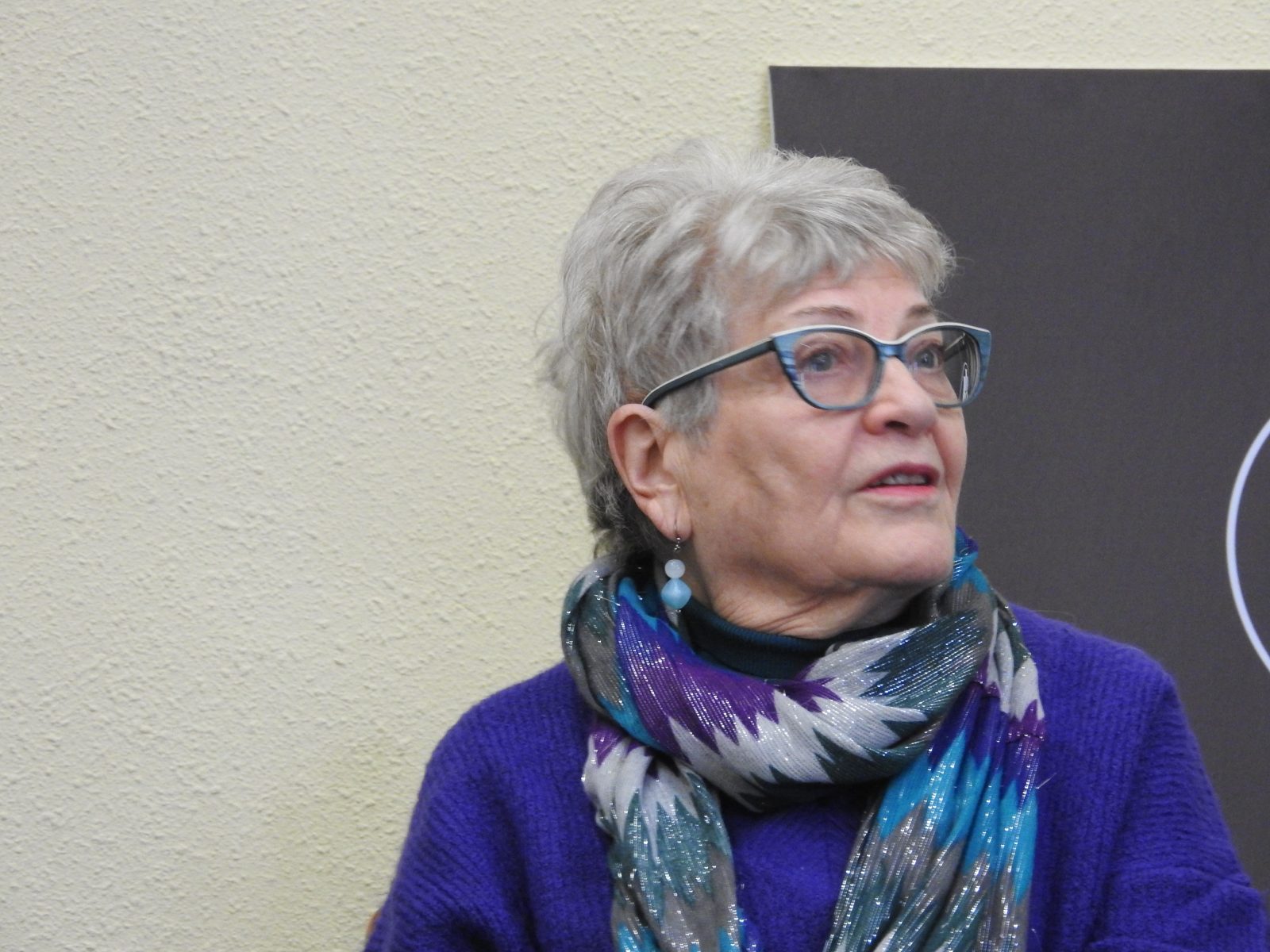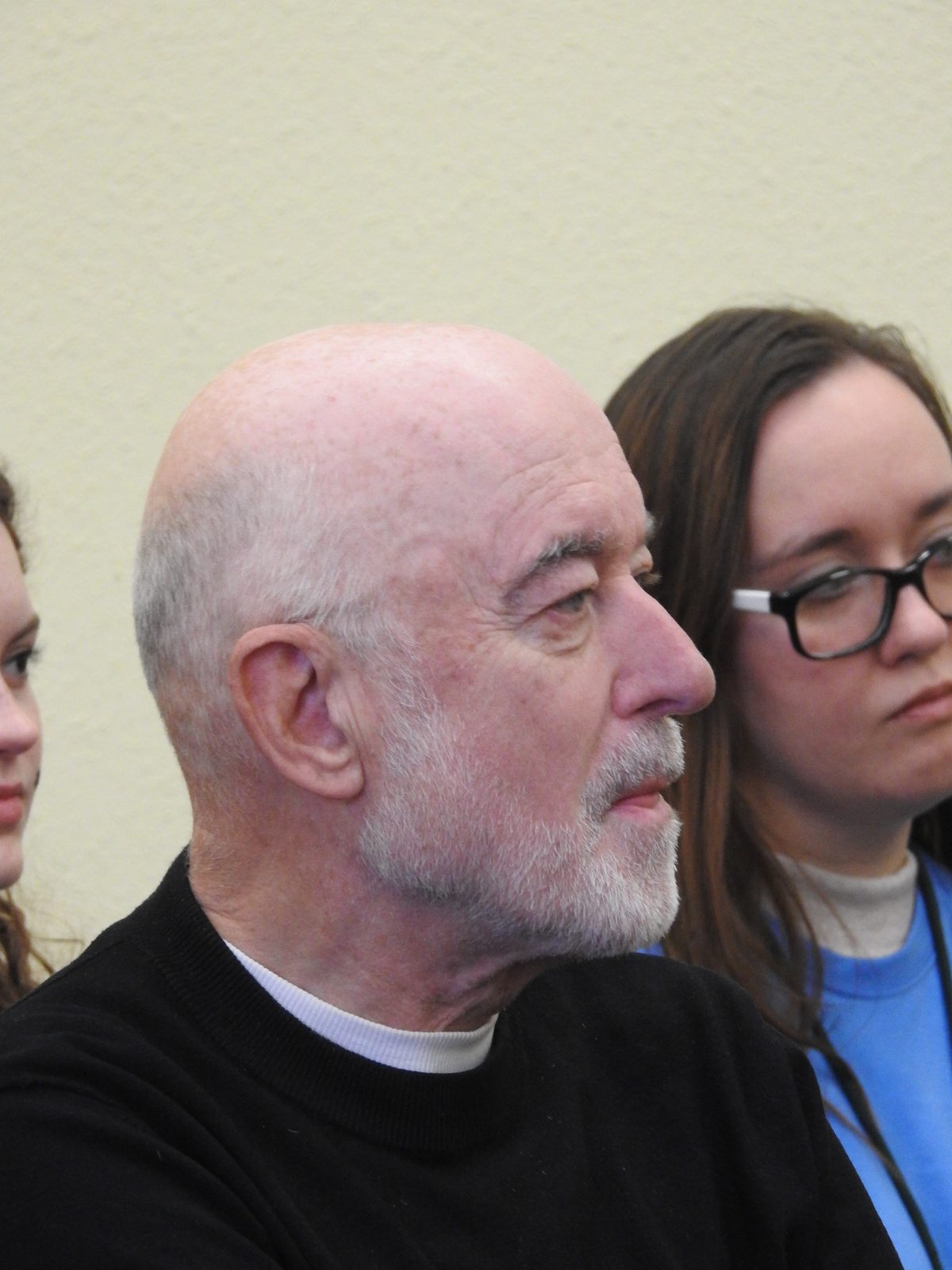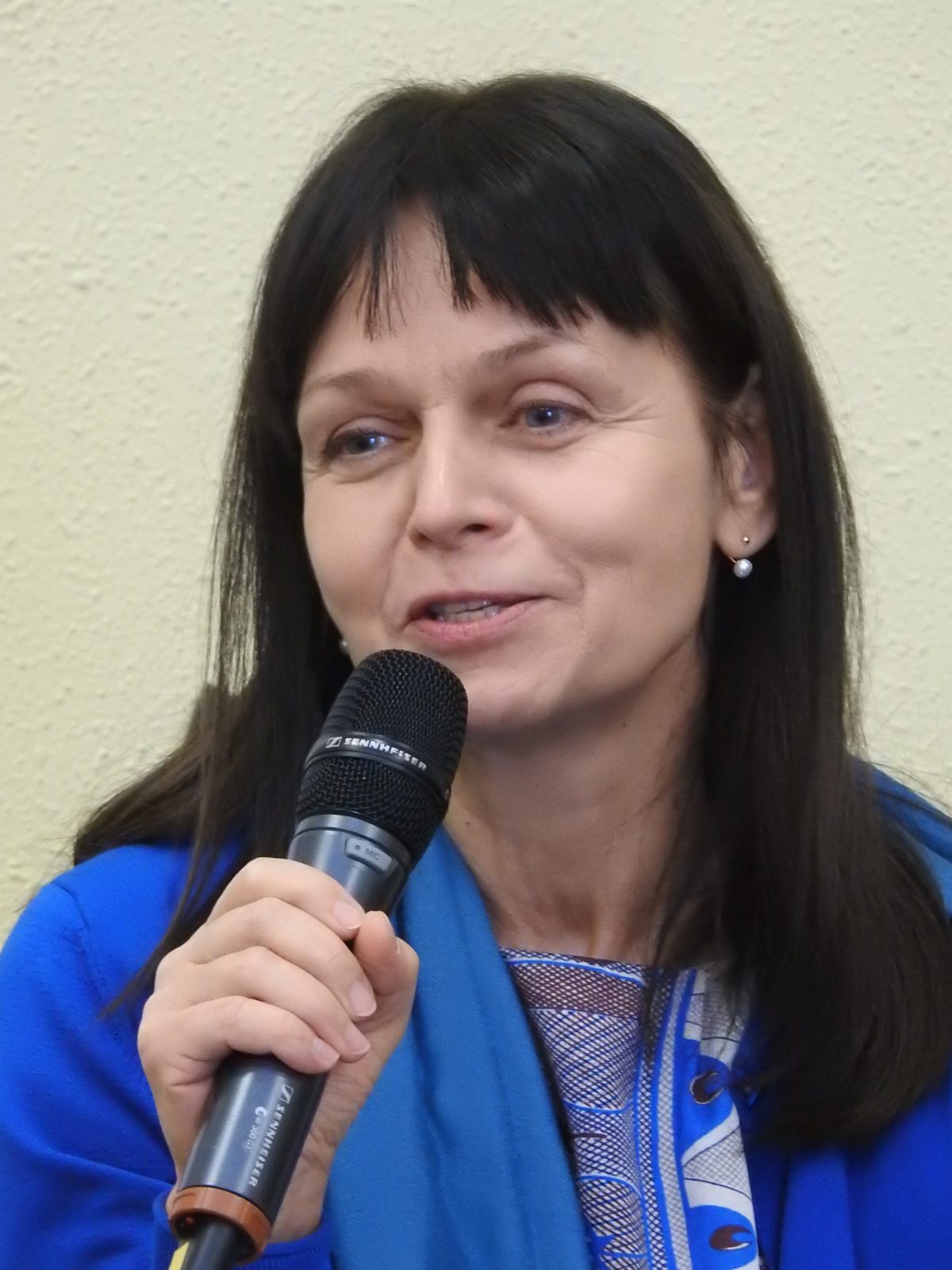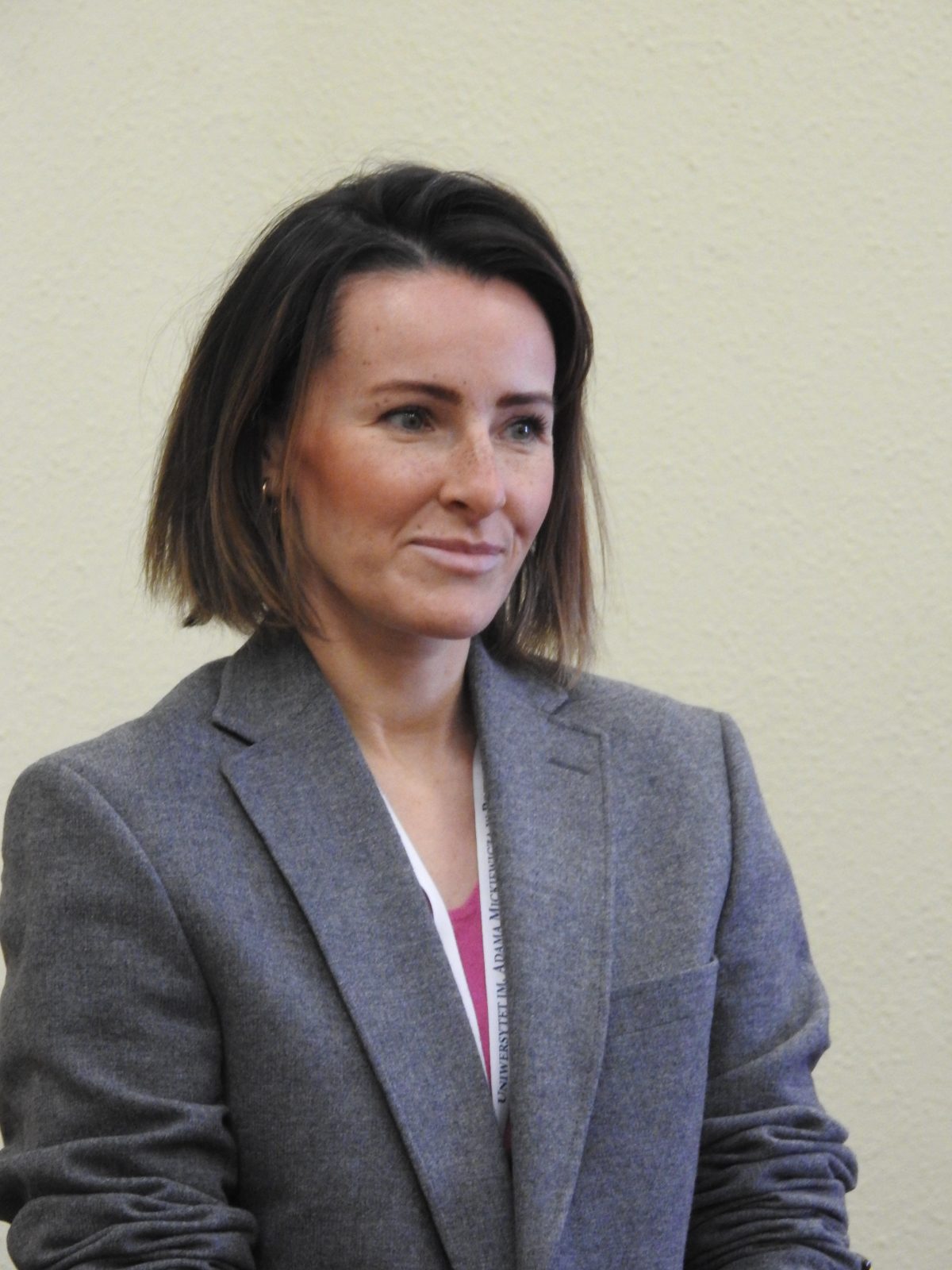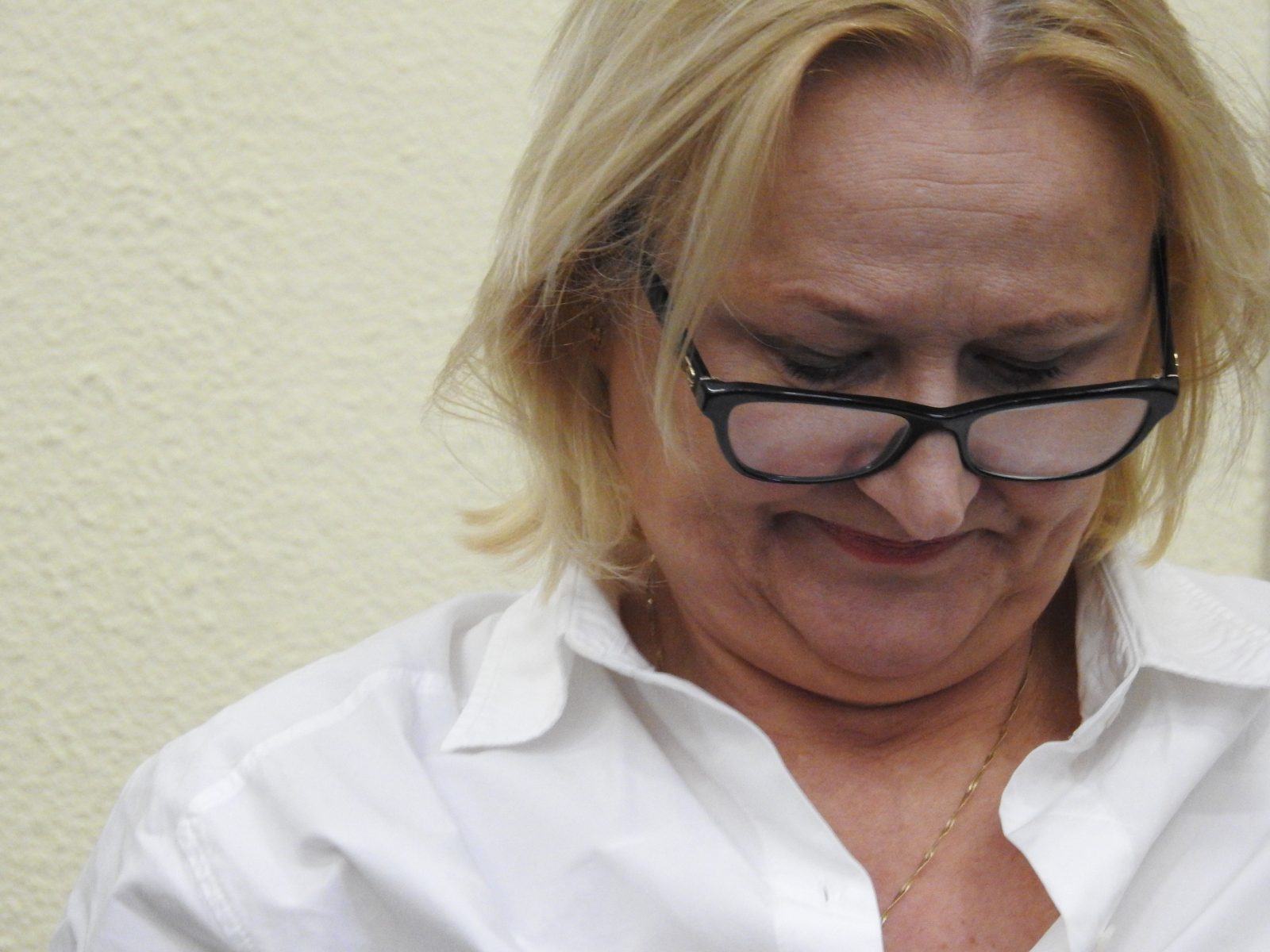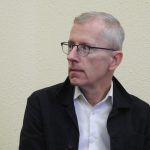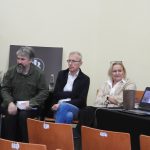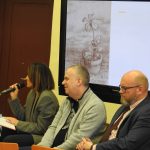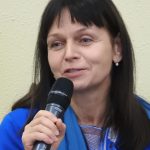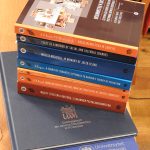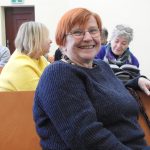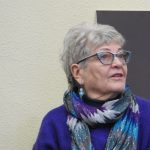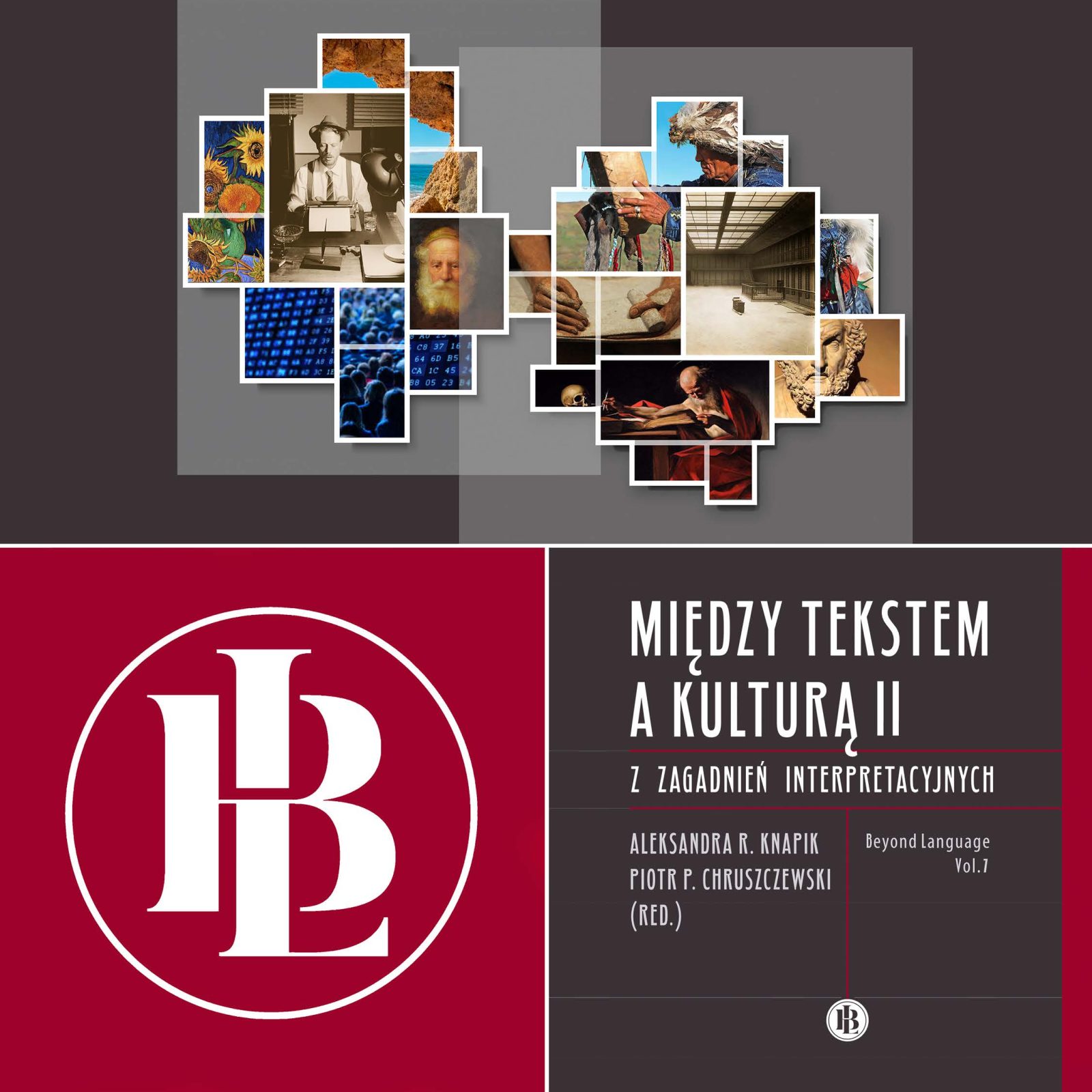
Report from the meeting of the UWr College for Interdisciplinary Individual Studies during the 31st Wrocław Good Books Fair
December 2nd, 2023, in the Green Hall
They arrived at the fair
There’s a commotion. A person does not fully know what is happening to him or who his neighbor is. Like borrowed words, guests feel uncomfortable at first. Everyone is looking for a place for themselves, but acquaintances are made right away. There is an exchange of greetings, handshakes, and warm smiles. They all speak the same language, but each in a slightly different manner. They arrived at the fair. They laid out all the goods by genre. Each short story is provided with a different title. But they don’t compete with each other. They are, like us, merchants, eternal wanderers, and comedians who came to this year’s book fair with their notes to exchange with us, different places, different times, and different mentalities in the dialect of their own experiences, thoughts, and views. Perhaps there is no better place for a ceremony of diversity and inclusivity than a fair.
Let’s not delay – let’s talk
The word “targ” (eng. fair) in Polish etymologically dates back to the Middle Ages (11th-13th centuries); geographically, it refers to places where trade routes crossed. In practice and for centuries, a fair has been a common and integrating space within which, in addition to the exchange of material goods, there has always been an exchange and creation of cultures on all continents and in the circles of different civilizations. Goods, information, languages, stories, and customs were exchanged. Since dialogue is one of the best human customs (ancient Greeks/Borges), to the table (without a table), they sat down:
ELŻBIETA BIARDZKA (O tekście w sieci. Poza językiem i dyskursem?), WOJCIECH BROWARNY (Tłumacząc życiopisanie: marginesy prozy Tadeusza Różewicza), PIOTR P. CHRUSZCZEWSKI (Reportaż narracyjny pióra JHB jako interpretacja rzeczywistości), URSZULA GLENSK (Literatura gorsza – o trzech założeniach interpretacyjnych), ALEKSANDRA R. KNAPIK (Rogaty Mojżesz w przekładzie św. Hieronima – pomyłka w tłumaczeniu czy uzasadniona decyzja tłumacza?), JĘDRZEJ MORAWIECKI (Tłumacząc się z reportażu – o ile istnieje), MICHAŁ SZAWERNA (Komiksowe środki wyrazu: narzędzia przekładu multimodalnego w teorii znaków C. S. Peirce’a), TERESA SZOSTEK (O przekładzie słów kilka. Obraz twórczego wpływu przekładu na kulturę literacką zilustrowany pracą paru translatorów oraz kilkoma dziełami powstałymi na przestrzeni dziejów), RAFAŁ SZUBERT (Metaforyczna podstawa konstrukcji pojęcia osoby w czystej teorii prawa Hansa Kelsena) and MIRA ŻELECHOWER ALEKSIUN („Jak patrzę na Rembrandta to jestem w pełni twórcą tego, co odbieram”. O sztuce przekładu i przekładzie w sztuce w rozmowie z Moniką Piechotą).
Culture is an expression of dialogue, an experience that opposes dogma and exclamation. At Saturday’s meeting, under the slogan: “Mental Time-Killers: not just for chess players and reporters,” no dots were put, much less exclamation points. At the center of the contemplation were topics suspended between text, language, and culture; various opinions on the issue of interpretation were taken into consideration. Doubt and uncertainty prevailed – some of the most valuable qualities possessed by man (Borges), who eventually becomes skeptical of what he has come to know well (as the Hasidic saying goes: when you have possessed knowledge, only then do you know what you lack).
Pre-text
The pre-text for the meeting was the latest anthology in the Beyond Language series titled Między tekstem a kulturą. Z zagadnień interpretacyjnych, edited by Aleksandra R. Knapik and Piotr P. Chruszczewski.
In this work, in addition to the selection of texts that indicate that translation and interpretation are important elements of our functioning in reality (…), there was another element, which is a composition built from quotations that we cite after many more or less commonly known authors. Literary theory states that this composition of ours, in addition to this anthology, is a cento or “a work composed from quotations taken from other works, (…).” (Aleksandra R. Knapik, Piotr P. Chruszczewski, 2024)
There were questions and attempts to answer them, comments, and thoughts on the hoof. There were discussions about anthologies and analogies, explorations, inspirations, and interpretations. At the intersection of genres, “between language and culture,” “beyond language and discourse,” “in the teeth of poodles,” “in the margins of prose,” translating culture, translating relationships, translating words, translating images, translating oneself, translating life-writing… then – on Saturday, December 2nd, 2023, in the Green Hall in the Green Hall – “from the fair, which might as well mean ‘from life,’ because life is similar to the fair. (…).” Sholem Aleichem. A climate for conversation was created – for talking and listening, and the space for dialogue gave birth to the temptation to read.
After meeting
Leaving the fair, you can’t be sure what you’ll return with: a cat from central Poland, a cart of Christmas trees from an experimental plantation, or a handful of fantasies “sprouting in the merciful imaginations” of those who don’t delay and sit down to… read.
In the past, travel was one of the most important elements of merchant life, which caused the most excitement. Feelings of danger, risk, and concern accompanied travel to the fair. To this day, travels and fairs are quite a challenge.
Warning
- After reading the first text, there is a risk of becoming “a prisoner of this book and stop going out on the street” (The Book of Sand, 1975).
- In the feeling of timelessness, the exchange of thoughts may be conveyed, and even a free-thinking attitude.
- The texts and comments contained in the anthology may become prophetic and “then come back” and sprout in the minds of those who ascetically refuse to read.
Just as reading shouldn’t be mandatory, literature should not be an elective. Why not get suggestions from books when reading is no less vivid than any other human experience (Borges)?
Epilogue
A few parting words as a token of gratitude for your patience. Every fair comes to an end. People are packing their suitcases and moving on. “The same ritual everywhere: pull on a stretcher, let them look, take it down, roll it up, and move on” (Mira Zhelechower Aleksiun). The idea of a meeting, of a journey (it’s not about mere tourism!) is a peregrination into oneself, and the world exists so that books can be written about it (according to Mallarmé’s concept in Borges’ translation).
So let’s not delay – let’s read.
MAP
Między tekstem a kulturą. Z zagadnień interpretacyjnych. Z serii Beyond Language. Vol. 7, edited by Aleksandra R. Knapik and Piotr P. Chruszczewski (2024) – published to be commented on!
Jorge Luis Borges and Osvaldo Ferrari W dialogu I, created between 1985 and 1998 and translated into Polish by Ewa Nawrocka (2007).
Jorge Louis Borges ([1975] 1980) [El libro de arena] translated by Zofia Chądzyńska as Księga piasku, (The Book of Sand).
Sholem Aleichem and his Tevye the Dairyman and the Railroad Stories (Notatki komiwojażera), created between 1902 and 1910, translated by Jakub Appenszlak, with an introduction by Jarosław Iwaszkiewicz, and the autobiographical novel The Great Fair (Z Jarmarku), created between 1914 and 1916 and translated into Polish by Michał Friedman (1989).
College of Interdisciplinary Individual Studies
The moderators of the meeting in the Green Hall were Joanna Esquibel, Aleksandra R. Knapik
Photos: Piotr P. Chruszczewski
Text: Monika Piechota
Translated by Jakub Wolf (student of English Studies at the University of Wrocław) as part of the translation practice.
